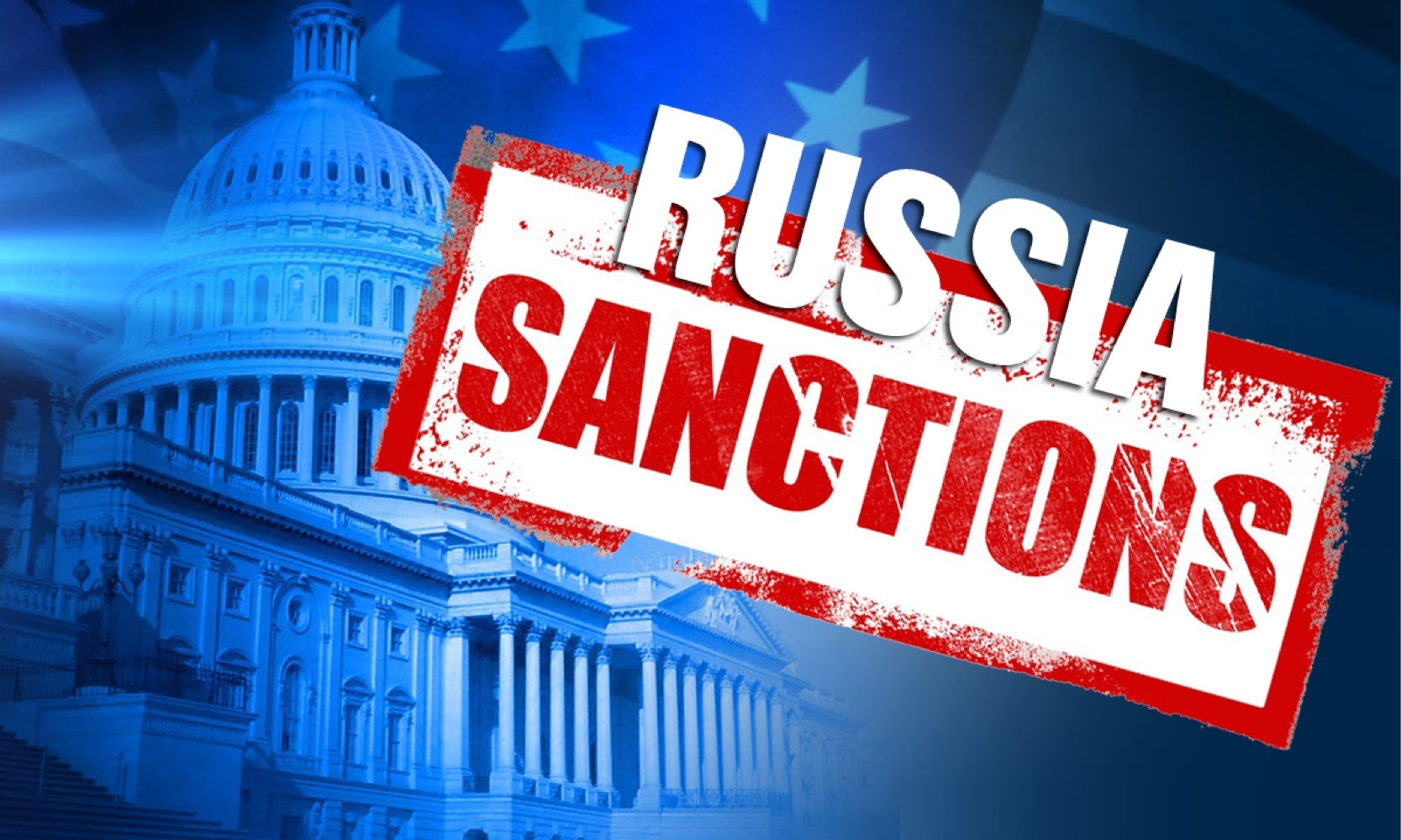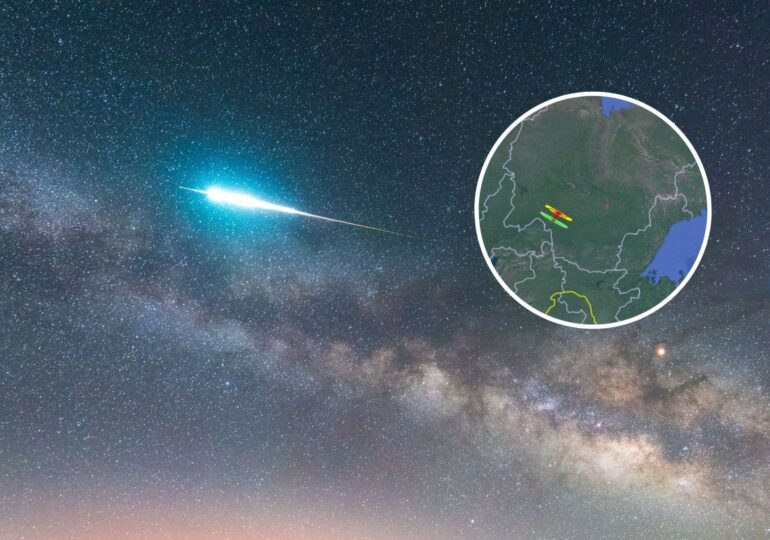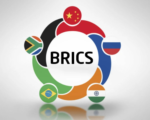Russia’s Circumvention of Sanctions: Billions in Dollar and Euro Banknotes Flow Despite Western Restrictions

Despite the extensive sanctions imposed by the United States and the European Union following Russia’s invasion of Ukraine in 2022, approximately $2.3 billion in U.S. dollar and euro banknotes have been shipped to Russia, according to customs data. This substantial inflow of foreign currency, largely facilitated by countries such as the UAE and Turkey that have not restricted trade with Russia, underscores how Moscow has managed to navigate around the Western financial restrictions.
The data reveals that Russia, while publicly condemning the U.S. dollar and the euro as “toxic” due to sanctions, continues to rely heavily on these currencies for various transactions, including trade and travel. This dependence on foreign currency is evidenced by the significant demand among Russians for dollar and euro banknotes, especially for international trips and small imports. Despite the sanctions, Russia’s central bank has maintained tight controls on foreign currency outflows to support the weakening ruble, with only $98 million leaving the country between February 2022 and December 2023, compared to the billions flowing in.

Among the largest importers of this foreign cash is Aero-Trade, a company specializing in duty-free shopping services. The company declared around $1.5 billion in foreign currency imports during the sanctions period, with shipments processed through Moscow’s Domodedovo airport. However, the specific sources and recipients of this cash remain unclear, raising questions about the nature of these transactions.
Moreover, Russian banks have played a significant role in these cash imports, often using precious metals like gold and silver to facilitate these transactions. For instance, Vitabank, a Russian lender, imported $64.8 million in banknotes from Turkish gold trading firm Demas Kuyumculuk and exported almost equivalent amounts of gold and silver to the same company. These transactions highlight how Russia and its trading partners have adapted to the sanctions by relying on tangible assets such as precious metals to settle debts, circumventing traditional financial channels.
The data also indicates that entities connected to Rostec, a state-owned military-industrial conglomerate under U.S. sanctions, have been involved in importing significant amounts of foreign currency. However, the exact nature of these transactions remains opaque.
In summary, despite facing stringent financial sanctions, Russia has successfully continued to import billions in dollar and euro banknotes, with the help of international partners and by leveraging alternative assets like gold. This ongoing flow of foreign currency suggests that, while sanctions have disrupted Russia’s access to the global financial system, they have not entirely severed its ties to the international currency market.





















